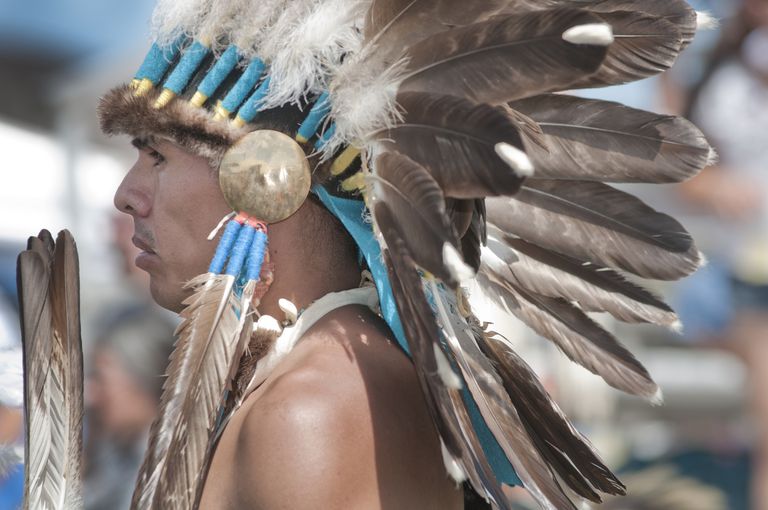
 Whether you intend to end up being an enlisted participant of a government identified people, validate a family members practice that you came down from an American Indian, or simply intend to find out more regarding your origins, investigating your Native American family history beings similar to any type of various other ancestry study – with on your own.
Whether you intend to end up being an enlisted participant of a government identified people, validate a family members practice that you came down from an American Indian, or simply intend to find out more regarding your origins, investigating your Native American family history beings similar to any type of various other ancestry study – with on your own.
Start Your Climb Up the Family Tree Unless you have a big collection of realities on your Indian forefather, consisting of names, days, as well as people, it is generally not practical to start your search in Indian documents. Find out whatever that you can around your moms and dads, grandparents, and also farther forefathers, consisting of genealogical names; days of birth, marital relationships, as well as fatality; and also the areas where your forefathers were birthed, wed, and also passed away. You can begin by creating your family history.
Track Down the Tribe
During the first stage of your study, the objective, particularly for tribal subscription objectives, is to develop and also record the partnerships of Indian forefathers as well as to determine the Indian people with which your forefather might have been associated. If you’re having difficulty locating ideas to your forefather’s tribal association, research the areas in which your Indian forefathers were birthed as well as lived. Contrasting this with Indian people that traditionally stayed in or presently stay in those geographical locations might aid you to limit the tribal opportunities. The Tribal Leaders Directory released by the U.S. Bureau of Indian Affairs notes all 566 government acknowledged American Indian Tribes and also Alaska Natives in a PDF file. Additionally, you can access this exact same info with an easy-to-browse data source of Federal and also State Recognized American Indian Tribes, from the National Conference of State Legislators. John R. Swanton’s, “The Indian Tribes of North America,” is one more exceptional resource of details on greater than 600 people, sub-tribes, as well as bands.
Learn Background on Each Tribe
Once you’ve tightened your search to a people or people, it is time to do some analysis on tribal background. This will certainly not just aid you comprehend the practices and also society of the people concerned yet likewise review your household tales and also tales versus historic truths. A lot more basic details on the background of Native American people can be located online, while a lot more extensive tribal backgrounds have actually been released in publication type. For the most traditionally exact jobs, seek tribal backgrounds released by University Press.
Research Using the National Archives
Once you’ve recognized the tribal association of your Native American forefathers, it is time to start study in documents regarding American Indians. Due to the fact that the U.S. federal government engaged often with the Native American people and also countries throughout the negotiation of the United States, several valuable documents are readily available in databases such as the National Archives. The Native American collection at the National Archives consists of a lot of the documents developed by branches of the Bureau of Indian Affairs, consisting of yearly tribal demographics rolls, checklists associating with Indian elimination, institution documents, estate documents, as well as insurance claims as well as part documents. Any Kind Of American Indian that combated with government soldiers might have a document of expert’s advantages or bounty land. To learn more on the particular documents held by the National Archives, see their Native American Genealogy overview or take a look at “Guide to Records in the National Archives of the United States Relating to American Indians,” put together by archivist Edward E. Hill.
If you wish to do your study personally, the majority of the primary tribal documents are kept at the National Archives Southwest Region in Fort Worth, Texas. Much more obtainable, several of one of the most preferred of these documents have actually been digitized by NARA as well as put online for simple looking and also seeing in the National Archives Catalog. Online Native American documents at NARA consist of:
Index to the Final (Dawes) Rolls of the Five Civilized TribesIndex to Applications Submitted for the Eastern Cherokee Roll of 1909 (Guion-Miller Roll)Wallace Roll of Cherokee Freedmen in Indian Territory, 1890Kern-Clifton Roll of Cherokee Freedmen, January 16, 18671896 Citizenship Applications
